
Among the Bolshevik leaders, it was Leon Trotsky who seemed most likely to take over the Soviet Union after Lenin’s demise. However, in the ensuing power struggle, he fell foul of his nemesis, Joseph Stalin, which led first to exile, then assassination. How did this infamous clash of personalities begin?
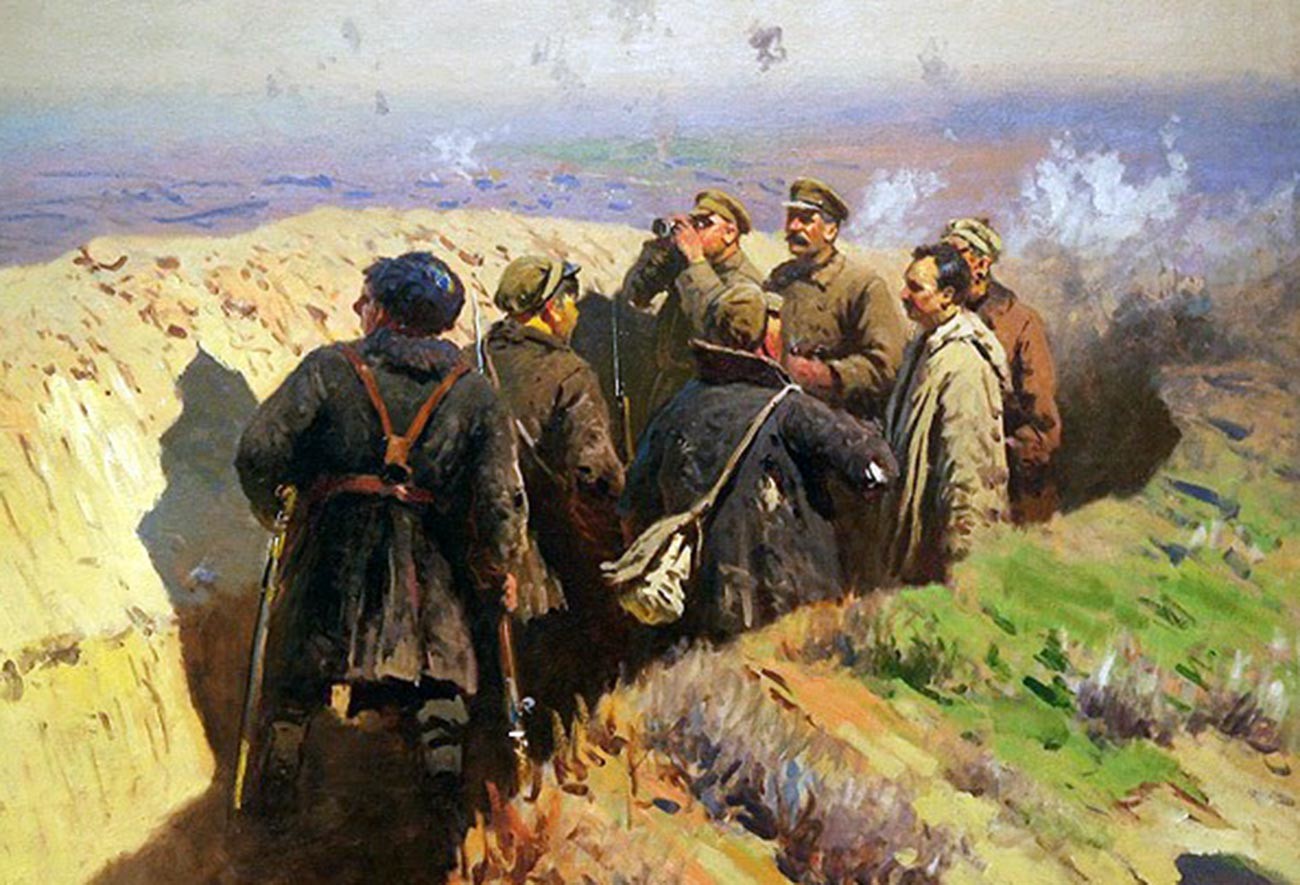
Stalin, Voroshilov and Shchadenko in the trenches of Tsaritsyn.
Mitrofan GrekovThe first open conflict between the two leaders of the Revolution happened in the summer of 1918 during the defense of Tsaritsyn (later Stalingrad, now Volgograd), which was besieged by the White armies. As a hub for supplying bread to Central Russia, the city was of huge strategic importance.
Stalin, then People’s Commissar (Minister) for Nationalities, arrived in Tsaritsyn in June to sort out the problem of organizing food supplies. Having secured the support of Lenin, he broadened his powers to include the city’s defense.
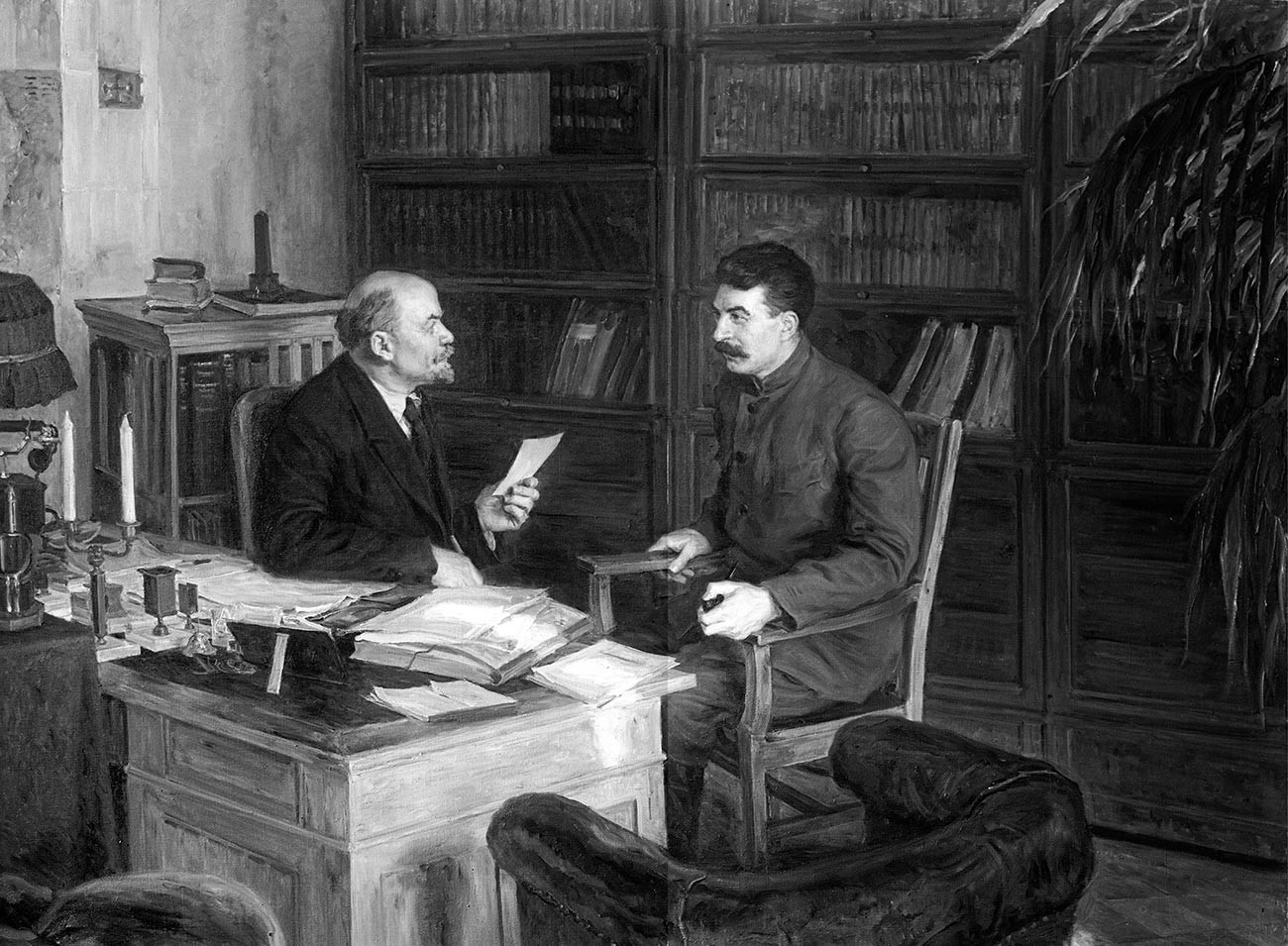
Lenin and Stalin.
Global Look Press“The line south of Tsaritsyn has yet to be re-established,” Stalin wrote Lenin on July 18. “I give everyone who needs it a tongue-lashing. I hope we will soon restore it. If our military ‘specialists’ (shoemakers!) had not been asleep on the job, the line would not have been breached. And if it is re-established, it won’t be thanks to, but in spite of, the military.”
It was the question of these “military specialists” — former tsarist officers — that defined the relationship between Stalin and Trotsky. The future "father of nations" (as Stalin would be known) resolutely opposed their appointment to high posts in the Red Army, considering them unreliable and apt to betray the Revolution at the drop of a hat.
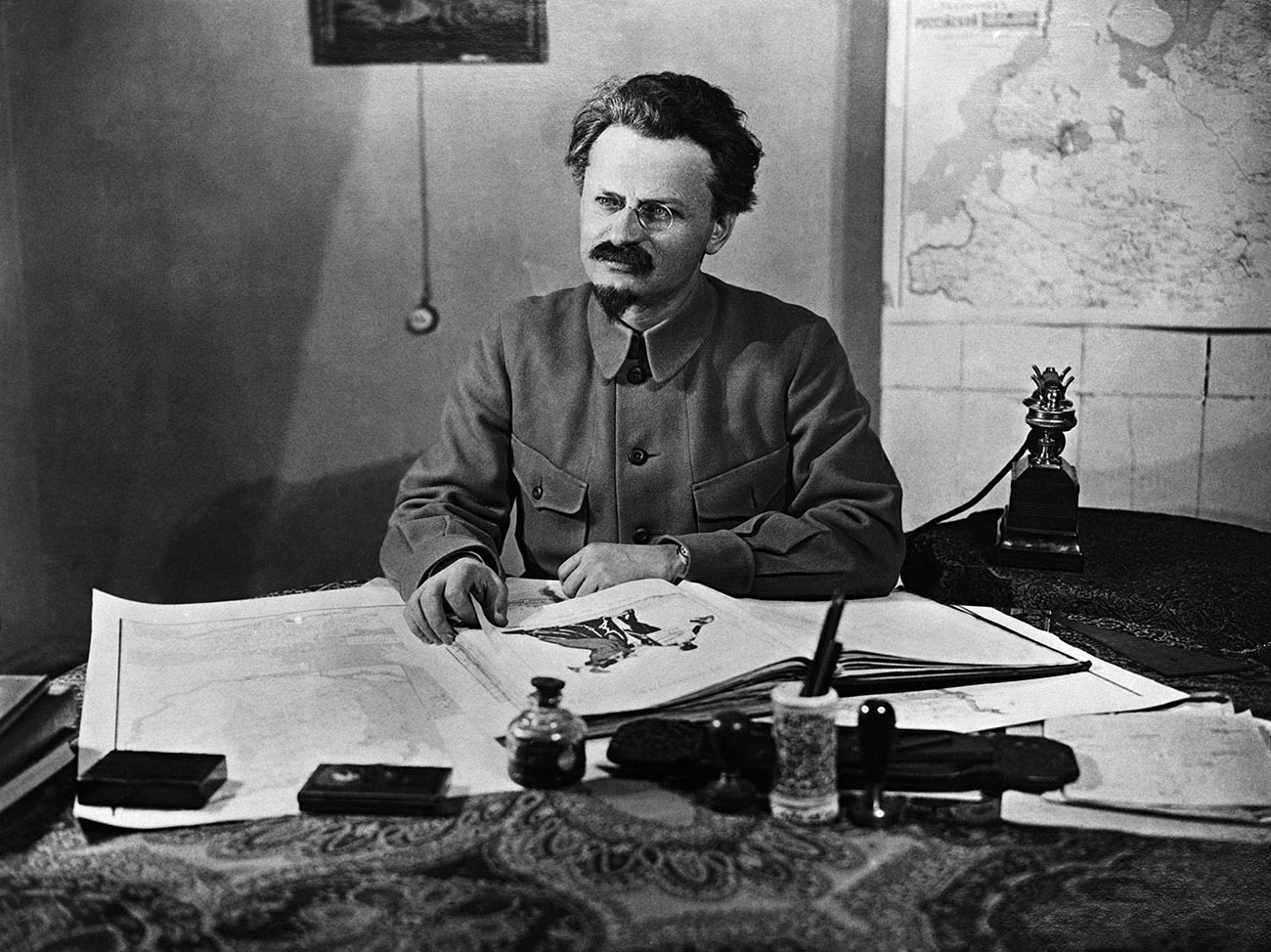
Leon Trotsky.
Global Look PressA contrary viewpoint was held by People's Commissar for Military Affairs Leon Trotsky. Through his efforts, well-trained professional military personnel from the imperial army were transferred to the service of the Bolsheviks, such that the Red Army boasted more than 250 tsarist generals.
Stalin made sure that former tsarist general Andrei Snesarev was removed from his post as leader of the North Caucasian Military District. Junior commanders were less fortunate. Suspecting them of counterrevolutionary activities, Stalin ordered the arrest of the entire artillery command, up to and including minor administrative staff. They were placed on the so-called “death barge” (a floating jail common during the Russian Civil War) in the middle of the Volga, where many soon perished from the inhuman conditions.
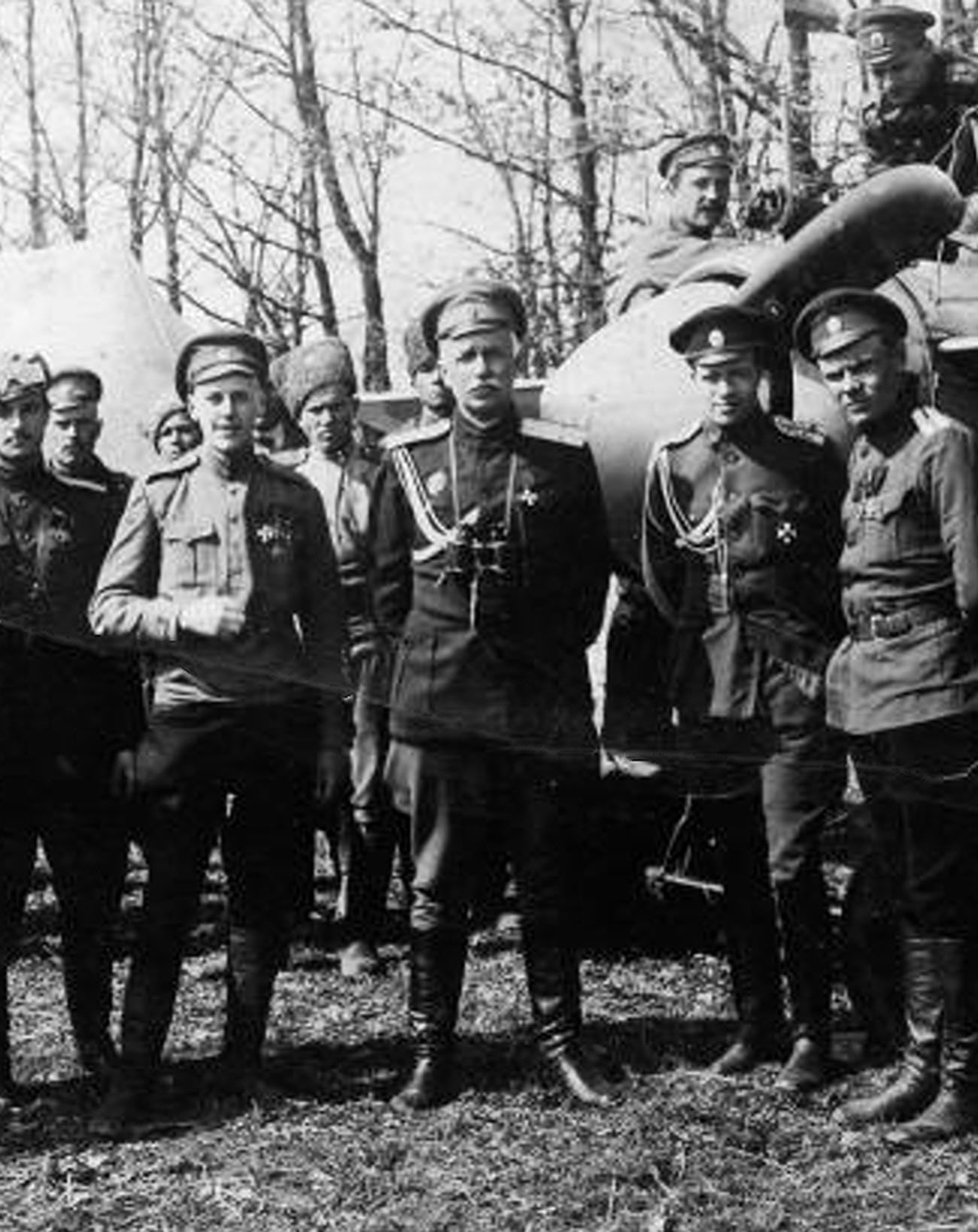
General Andrei Snesarev in March 1917.
Public DomainTrotsky’s subsequent appointment of Pavel Sytin, also a former tsarist general, as commander of the Southern Front provoked another outburst from Stalin. “The Central Committee of the Party must discuss the question of the behavior of Trotsky, who slights the most prominent members of the Party in favor of [traitors and counterrevolutionaries] and to the detriment of the interests of the Front and the Revolution,” read a telegram to Lenin.
Stalin blatantly ignored Trotsky’s order to give Sytin full authority over operations, and even set up an alternative command center. On many instructions from the People’s Commissar for Military Affairs, he simply scrawled “Disregard.”
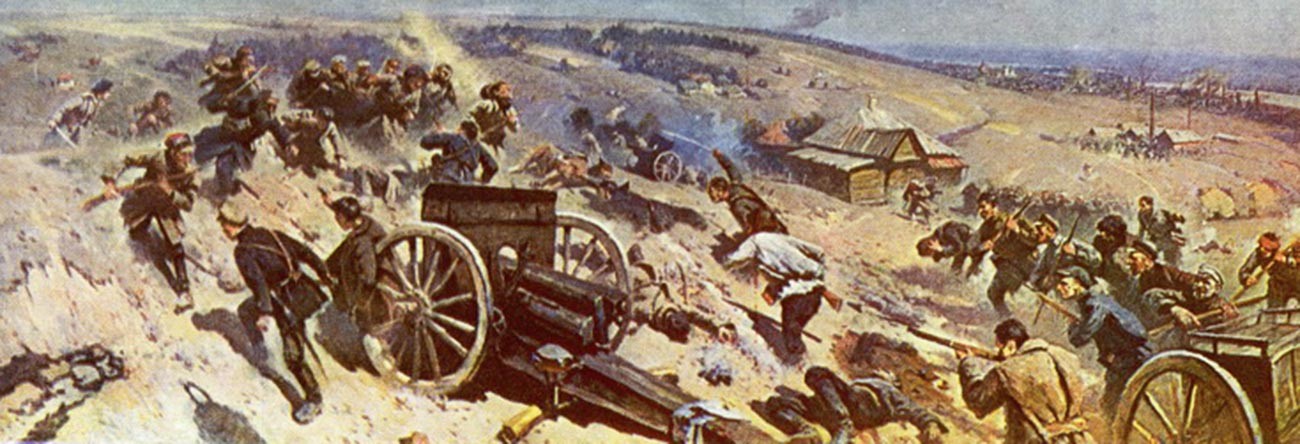
The Defense of Tsaritsyn.
Mitrofan GrekovStalin and Trotsky never saw eye to eye on any issue concerning the defense of Tsaritsyn. Gradually, their conflict morphed into open hostility.
“The fact is that Trotsky is incapable of singing without falsetto or acting without flashy gestures. I would have nothing against this if the interests of the common cause did not suffer. This not being the case, I request, before it is too late, to restrain Trotsky and clip his wings, for I fear that his madcap orders will sow discord between the army and the command staff, and completely ruin the Front,” Stalin telegraphed Lenin on Oct. 3, 1918.
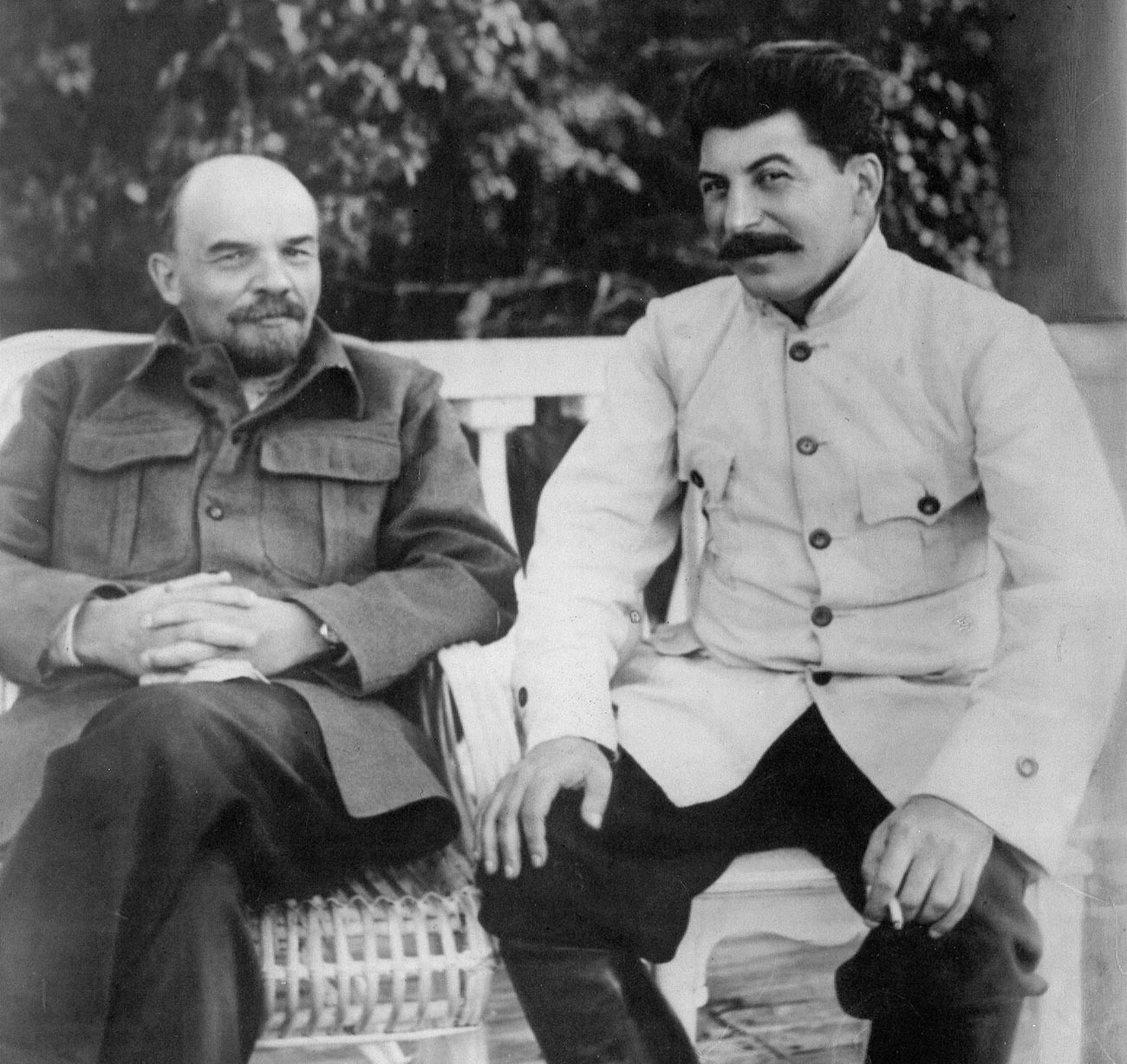
Lenin and Stalin, circa the 1920s.
Global Look PressThe very next day, an enraged Trotsky dispatched his own telegram from Tambov to the head of state with an urgent request to recall Stalin from the city. Seething with anger, he even muddled the words in the telegram: “Tsaritsyn must either obey or get out.”
In the end, Lenin sided with Trotsky and recalled Stalin to Moscow on Oct. 19. Despite the factionalism at the heart of the military command, the city was held for another year. It fell only in the summer of 1919 as a result of an unsuccessful counteroffensive by the Red Army.
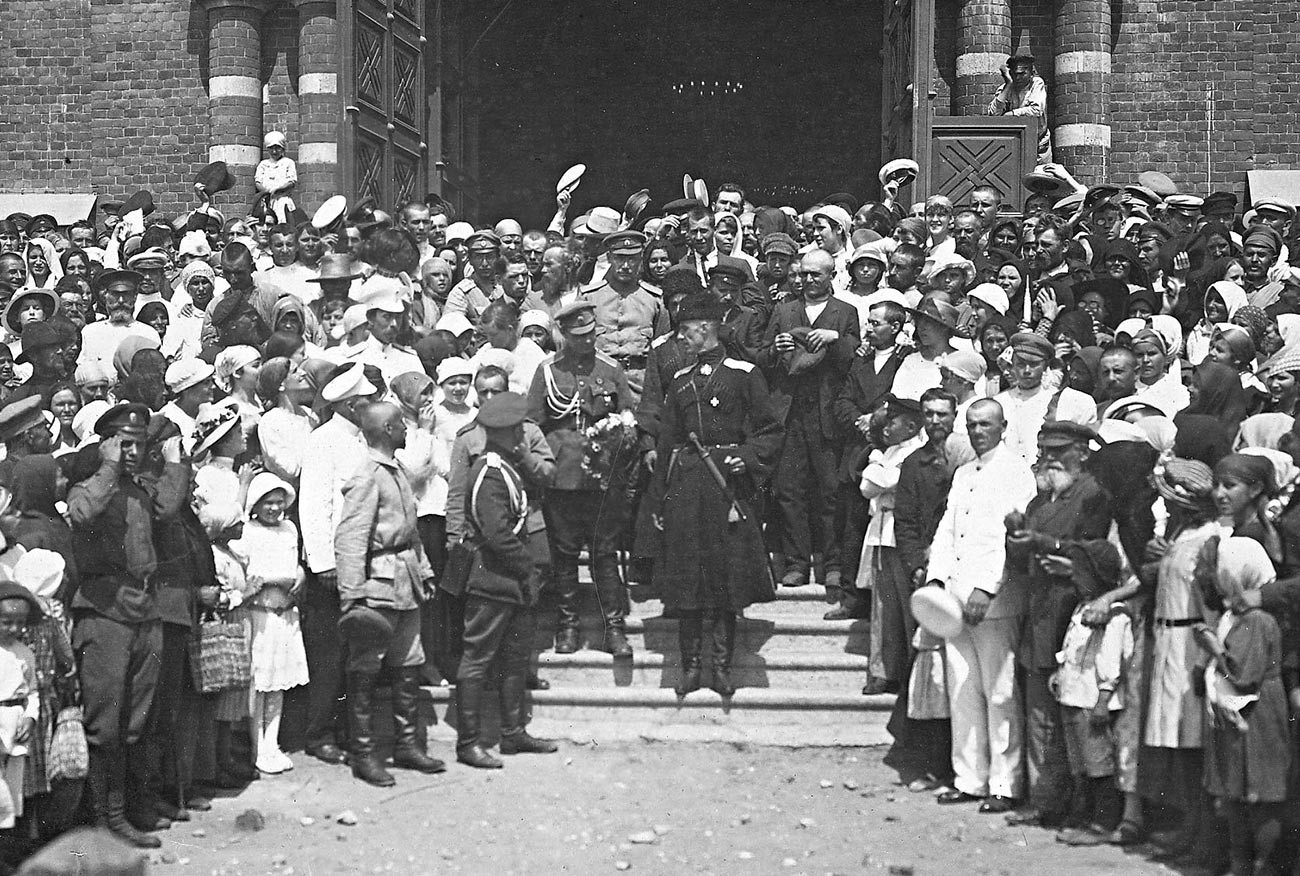
White general Pyotr Wrangel in captured Tsaritsyn, 1919.
Public Domain“It was then [in November] that Stalin, recalled from Tsaritsyn and harboring deep malice and thirst for vengeance in his soul, wrote a short article on the anniversary of the Revolution. The purpose was to strike a blow at Trotsky’s prestige, to deploy the authority of the Central Committee, headed by Lenin, against him. An undercurrent of anger flowed through this jubilee article,” Trotsky himself later wrote in his memoirs.
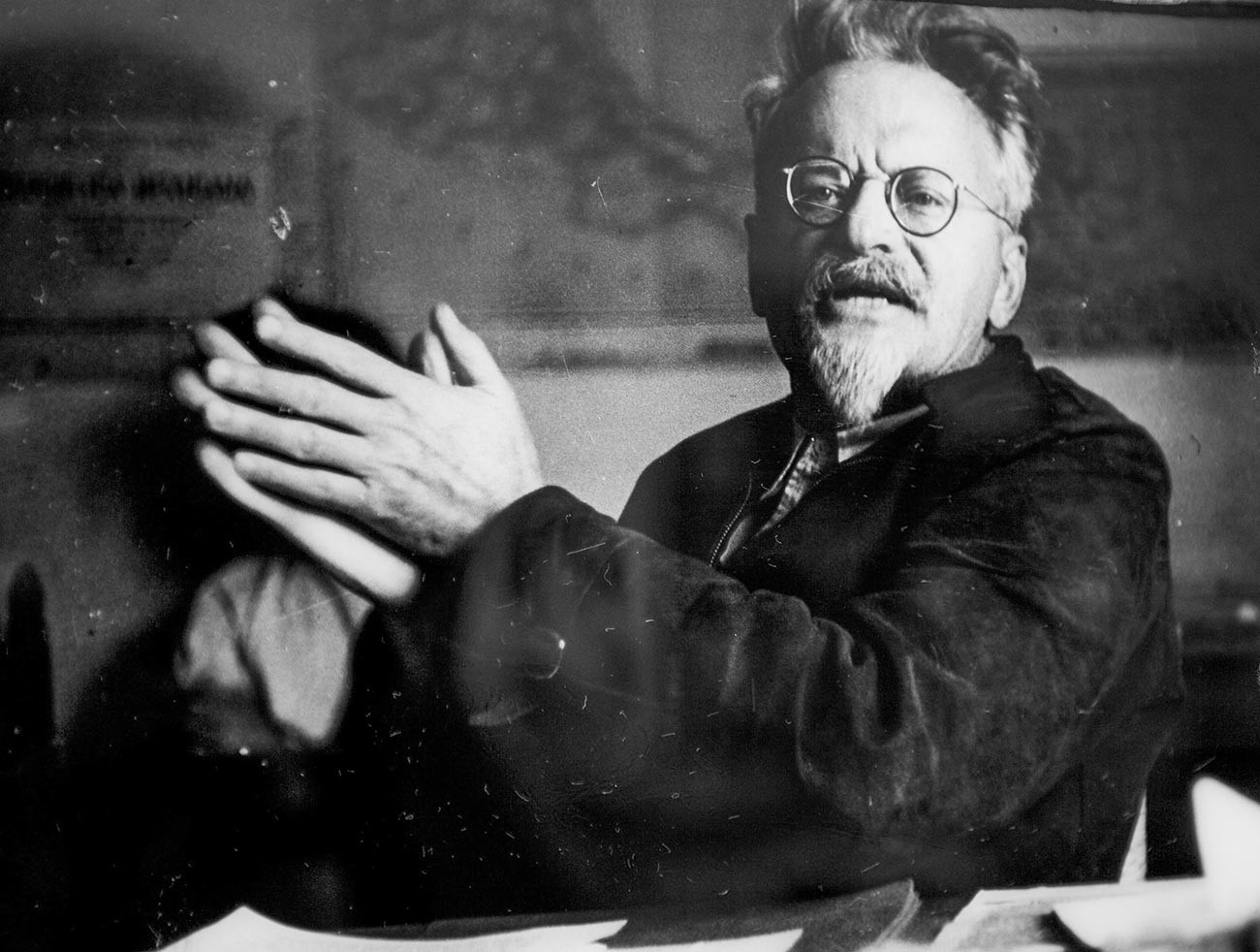
Leon Trotsky in Mexico.
Global Look PressThe Tsaritsyn conflict was only the first stage in the long and ultimately violent confrontation between the two post-Lenin heavyweights of the Bolshevik movement. It finally ended on Aug. 20, 1940, when Trotsky, expelled from the USSR, was hacked to death in Mexico on Stalin’s orders.
If using any of Russia Beyond's content, partly or in full, always provide an active hyperlink to the original material.
Subscribe
to our newsletter!
Get the week's best stories straight to your inbox